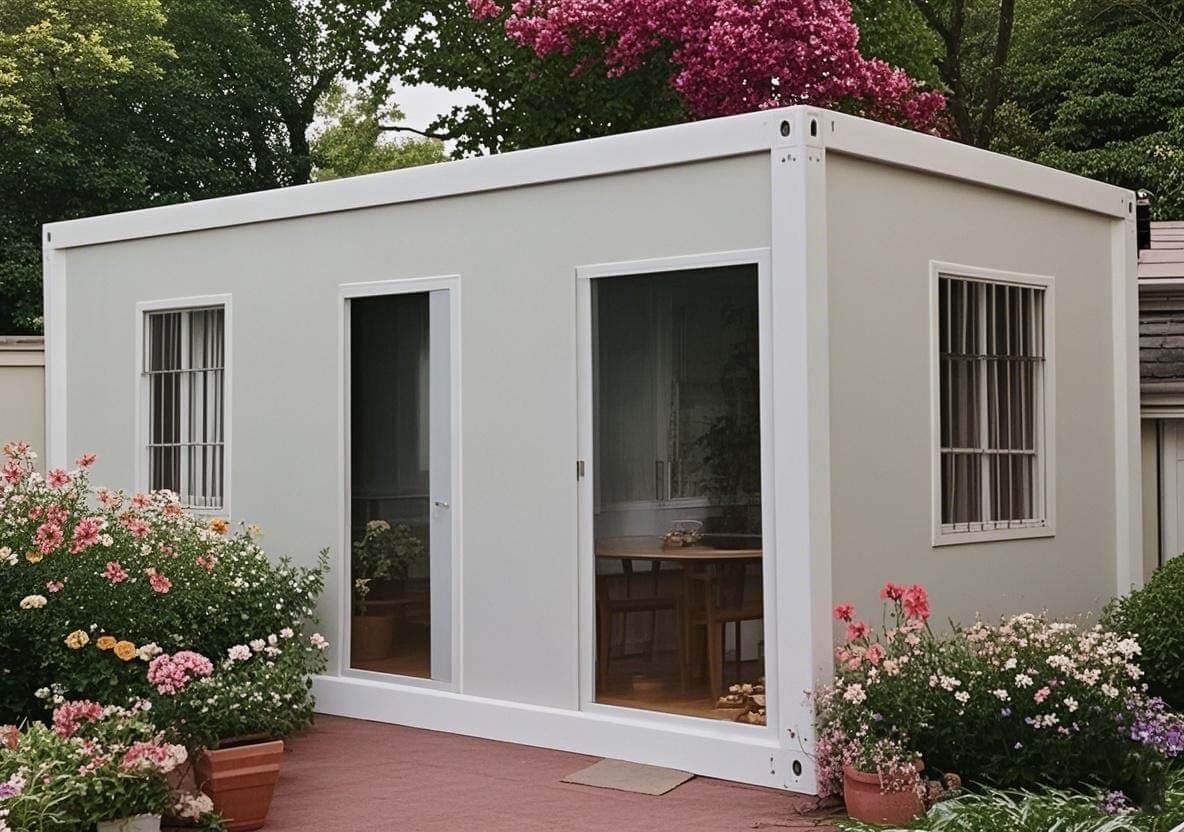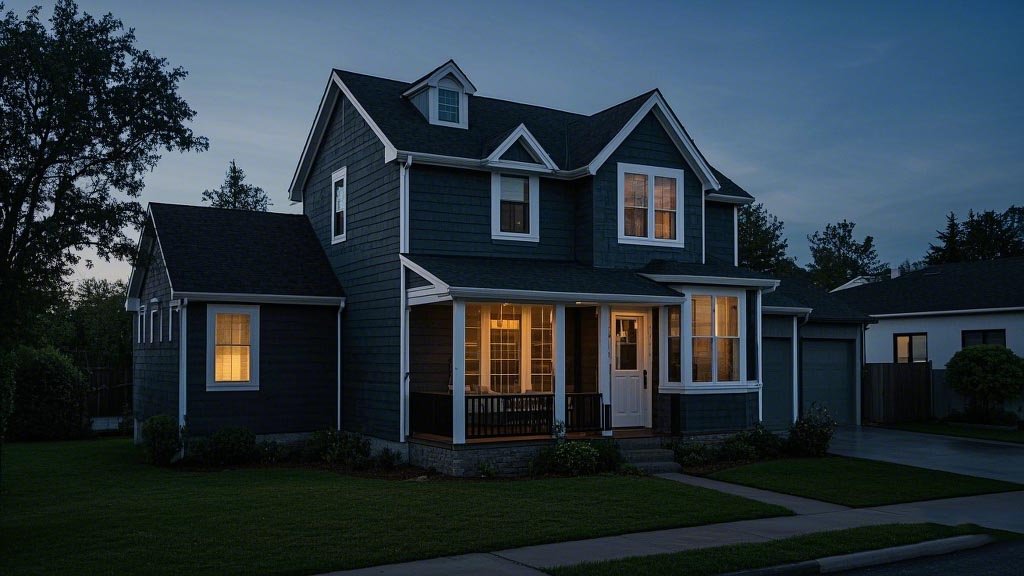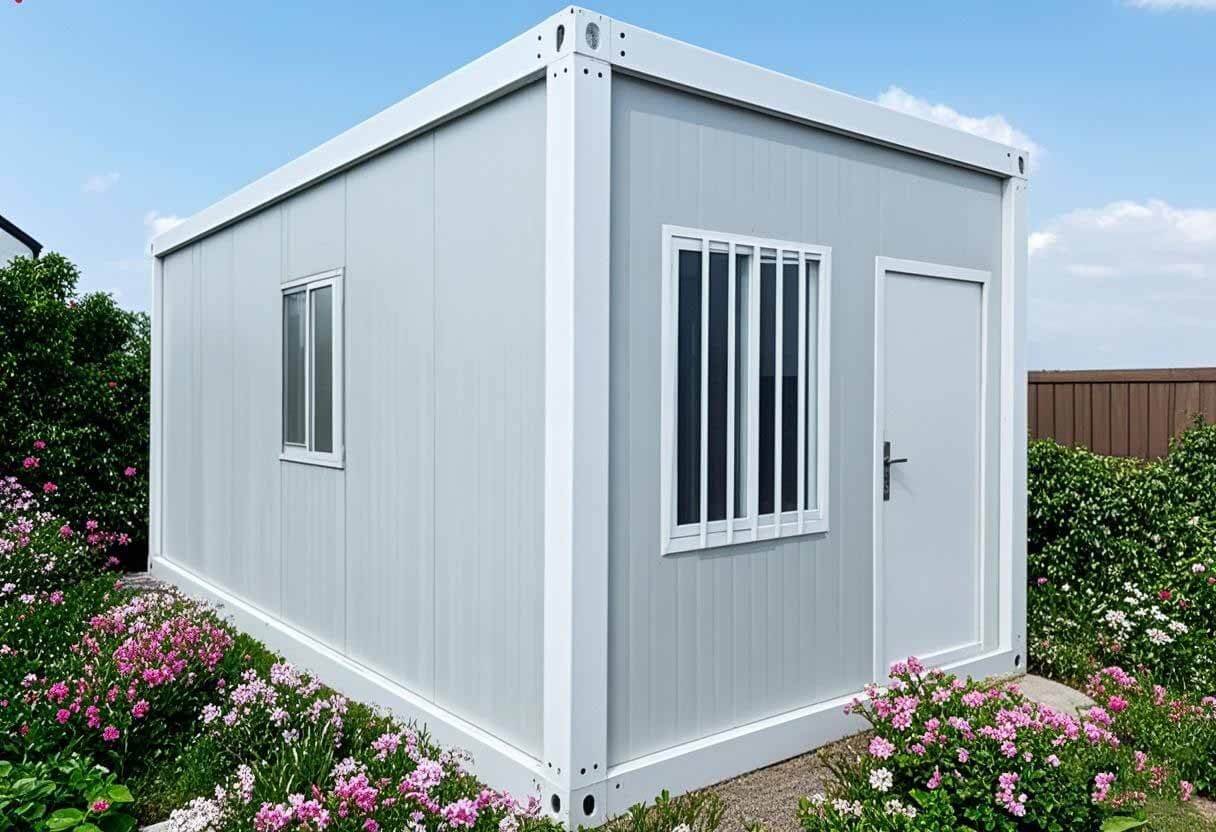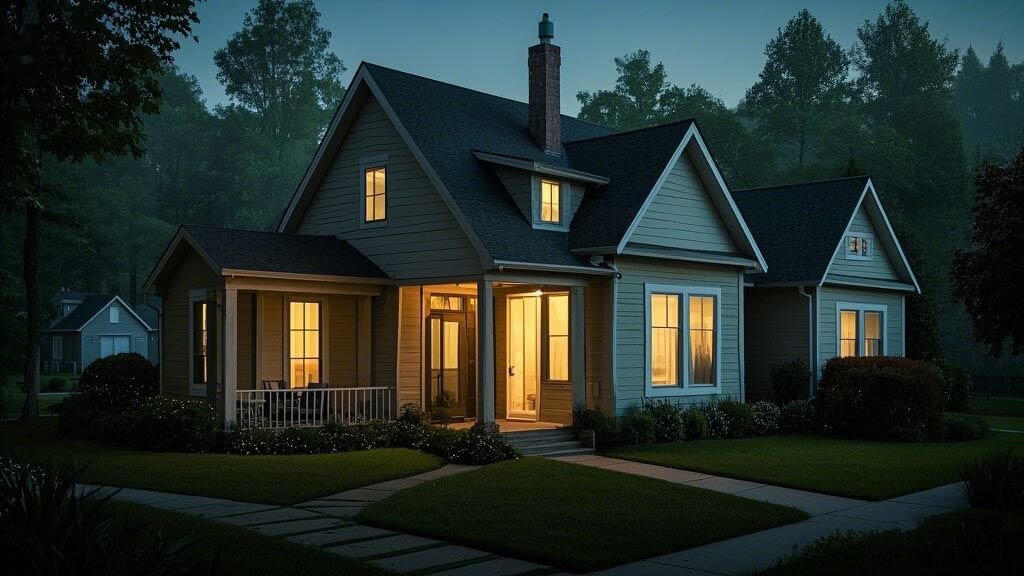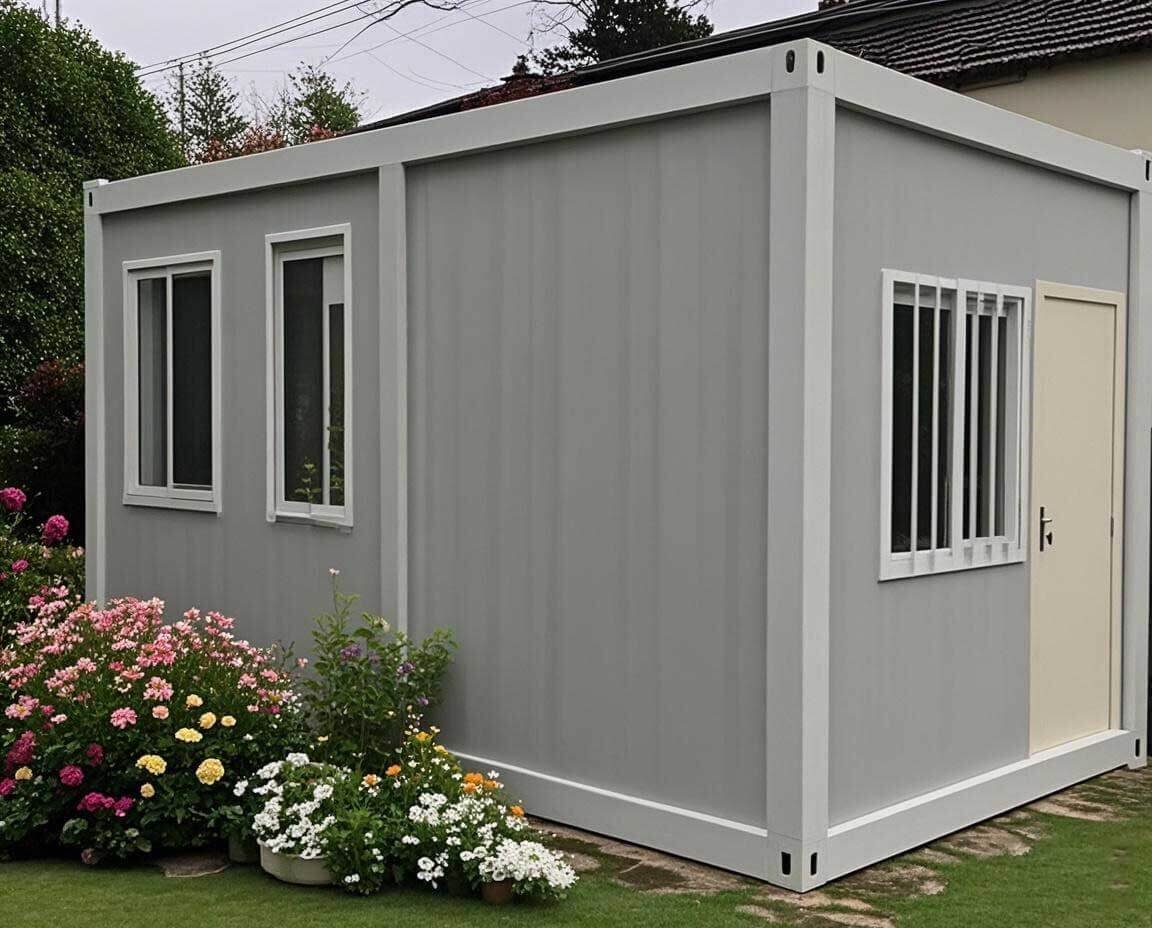In the dynamic realm of the housing market, potential homeowners often grapple with a crucial decision: choosing between prefabricated homes and conventional, site-built homes. Both options come with their own unique set of advantages and disadvantages, and understanding these can help individuals make an informed choice that aligns with their lifestyle, budget, and long-term goals.
What are Prefabricated Homes and Conventional Homes?
Prefabricated Homes
Prefabricated homes, also known as prefab homes, are constructed in a factory setting. Sections of the home are built indoors under controlled conditions and then transported to the final site for assembly. There are different types of prefab homes, including modular homes, panelized homes, and mobile homes. Modular homes are built in large sections that are assembled on-site, while panelized homes are made of wall panels. Mobile homes, on the other hand, are fully self-contained units that can be towed to a new location.
Conventional Homes
Conventional homes are built entirely on-site. Construction crews work at the building location, starting from the foundation and progressing through each stage of building, including framing, plumbing, electrical work, and finishing touches. This method allows for a high degree of customization during the building process.
The Advantages of Prefabricated Homes
Cost-Efficiency
One of the most significant advantages of prefabricated homes is cost savings. The factory-based construction process of prefab homes reduces labor costs. Since the building process is streamlined and takes place in a controlled environment, there are fewer delays due to weather conditions. Additionally, manufacturers can purchase building materials in bulk, which further cuts down costs. On average, prefabricated homes can be 30 – 50% cheaper than their conventional counterparts.
Faster Construction
Prefabricated homes can be constructed much more quickly than conventional homes. The factory-built sections can be assembled on-site in a matter of days or weeks, compared to the months it may take to build a conventional home. This is especially beneficial for individuals who need to move into their new homes promptly, such as those relocating for a new job.
Quality Control
Factory-built homes benefit from strict quality control measures. Since the construction takes place indoors, the building materials are protected from the elements, reducing the risk of damage. Factories also use advanced manufacturing techniques and machinery, ensuring that each component of the home is built to precise specifications.
The Disadvantages of Prefabricated Homes
Limited Customization
Compared to conventional homes, prefabricated homes may offer limited customization options. Manufacturers typically have a set range of floor plans and design options, and deviating from these can be costly. While some customization is possible, it may not be as extensive as what can be achieved with a site-built home.
Transportation and Installation Costs
Transporting prefabricated home sections to the site can be expensive, especially if the location is remote. Additionally, the cost of installing the home on-site, including setting up the foundation and connecting utilities, can add to the overall cost.
The Advantages of Conventional Homes
High-Level Customization
Conventional homes offer unparalleled customization. Homeowners can work closely with architects and builders to design a home that meets their exact specifications. From the layout of the rooms to the choice of building materials, every aspect of the home can be tailored to the owner’s preferences.
Higher Resale Value in Some Cases
In some areas, conventional homes may have a higher resale value. The perception of a “custom-built” home can make it more attractive to potential buyers, and if the home is well-maintained and located in a desirable area, it can command a higher price on the resale market.
The Disadvantages of Conventional Homes
Higher Costs
The construction of a conventional home is generally more expensive. The need for on-site labor, the risk of weather-related delays, and the inability to purchase materials in bulk all contribute to the higher cost. Additionally, the cost of hiring architects, contractors, and other professionals can add significantly to the overall expense.
Longer Construction Time
Building a conventional home can take months or even years, depending on the complexity of the design and various factors such as weather and availability of materials. This long construction period can be a major inconvenience for homeowners, especially if they are in a hurry to move in.
Which One is Stronger and More Durable?
Structural Integrity
Both prefabricated and conventional homes can be built to be strong and durable. Prefabricated homes are designed to meet local building codes, and the factory-built construction process can result in a sturdy structure. Modular homes, for example, are often built with stronger framing materials to withstand the transportation and assembly process.
Conventional homes, when built by experienced contractors using high-quality materials, can also have excellent structural integrity. The on-site construction allows for close inspection at each stage of the building process, ensuring that the home is built to last.
Resistance to the Elements
The durability of a home also depends on its resistance to the elements. Prefabricated homes can be designed with weather-resistant materials, and the factory-built construction can result in a more airtight and energy-efficient home. However, conventional homes can also be constructed with advanced insulation and weather-proofing techniques to protect against harsh weather conditions.
Maintenance
Over time, both types of homes will require maintenance. Prefabricated homes may have the advantage in some cases, as the factory-built components are often standardized, making it easier to find replacement parts. Conventional homes may require more frequent maintenance in some areas, but the flexibility of the construction process allows for the use of high-quality, long-lasting materials.
In conclusion, the choice between prefabricated and conventional homes depends on a variety of factors. Prefabricated homes offer cost-efficiency, faster construction, and quality control, while conventional homes provide a high level of customization and potentially higher resale value. When it comes to strength and durability, both types of homes can be built to last, provided that they are constructed using high-quality materials and by experienced professionals. Potential homeowners should carefully consider their needs, budget, and long-term goals before making a decision.

